The month of June is often associated with pride — a celebration of everything queer, fabulous, and diverse. However, for many stars in Old Hollywood, embracing their true selves was far from a celebration. In the 1950s, being labeled as gay could end a career or worse, and many lived in fear of being outed. In history, thousands lost their lives simply because of their sexuality, while others had to hide in the shadows [1].
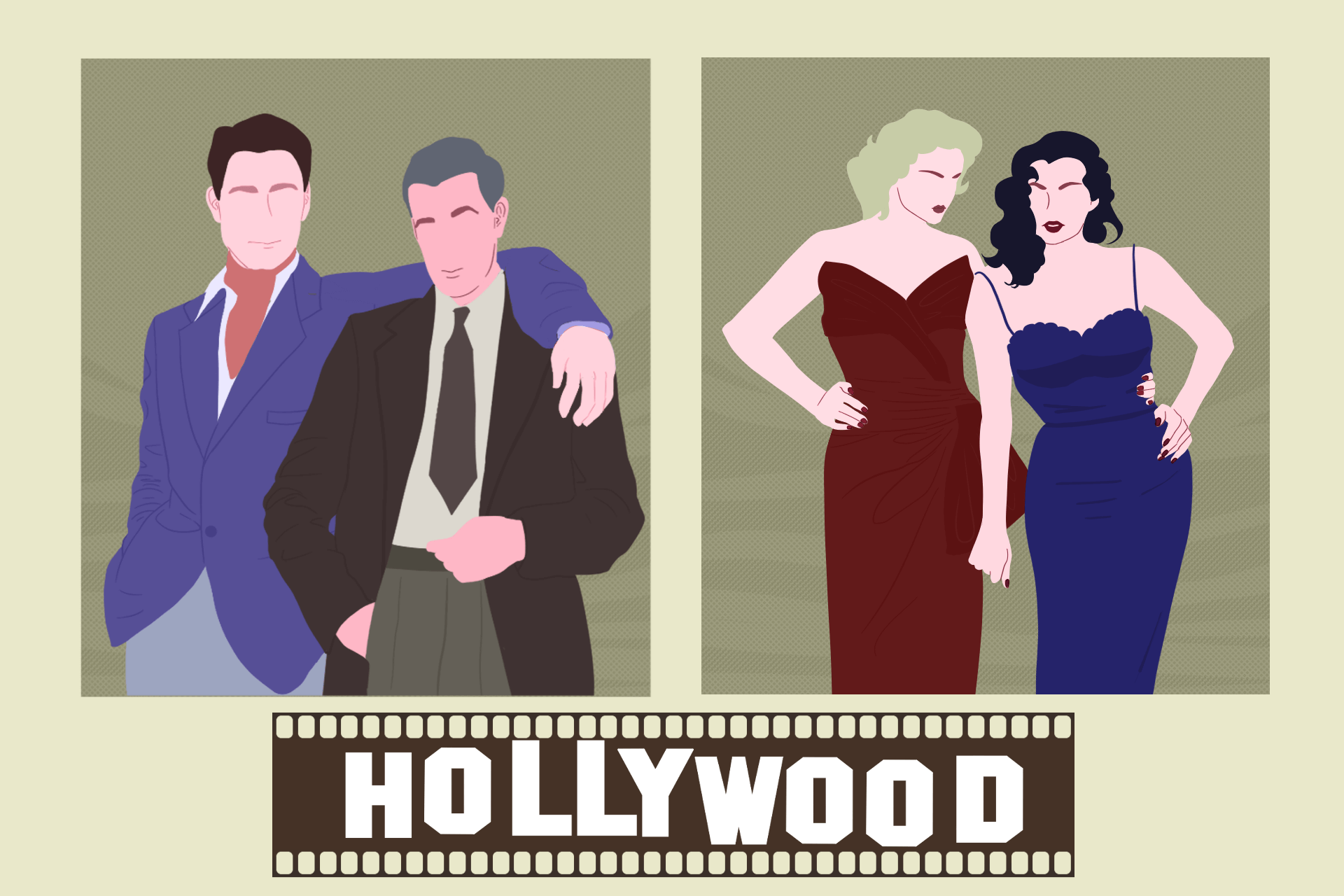
In Hollywood, the image was everything, and for LGBT actors, concealing their sexual orientation was necessary for survival. Yet, these icons left an indelible mark on the movie industry and LGBT history, defying societal norms in subtle ways. This article delves into the lives of 12 stars of the past who navigated the complex world of fame and secrecy. Let’s dive in.
Table of Contents
Cesar Romero
Cesar Romero, born in 1907 in New York City, was raised in Bradley Beach, New Jersey. With a towering height of 6’3’’ and a devilishly gorgeous smile, he was destined for leading man status. The Cuban-American thespian shared the screen with legends like Marlene Dietrich and Carole Lombard and was a lifelong best pal to actress Joan Crawford. He rose to global fame for his iconic portrayal of The Joker in the 1960s Batman series, but his private life was kept far from the spotlight [2].
Although he never married, Romero’s homosexuality was well-known within Hollywood circles, despite the industry’s pressure to maintain his romantic lead persona. He had several affinities with men, though he never publicly acknowledged his sexuality. His public image was carefully curated to fit the mold of a charming bachelor. Romero passed away on January 1, 1994, at the age of 86, in Santa Monica, California, due to complications from a pulmonary embolism caused by bronchopneumonia. His legacy as a Hollywood icon and a discreet figure in LGBT history continues to resonate.
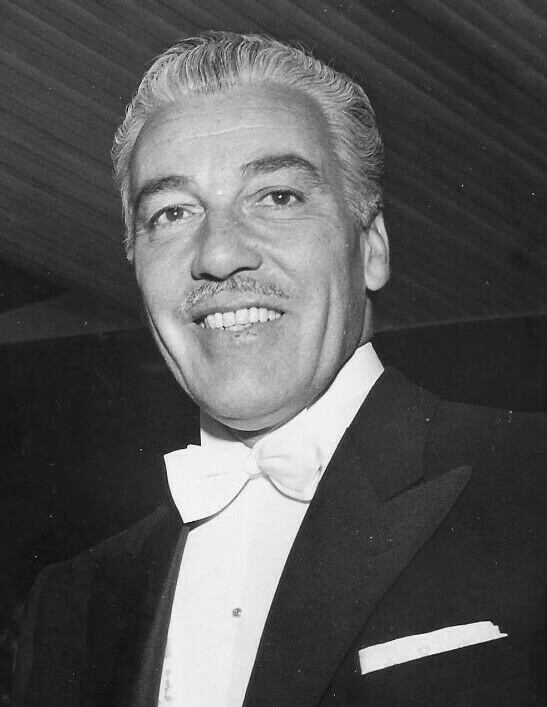
Tallulah Bankhead
Born on January 31, 1902, in Huntsville, Alabama, she was one of Hollywood’s most flamboyant and audacious personalities. Known for her deep, husky voice, quick wit, and love for defying societal conventions, Bankhead carved out a remarkable career in both stage and film. Her unforgettable performances in movies like Lifeboat (1944) and A Royal Scandal (1945) showcased her range, while her personal life became just as legendary [3].
Through it all, Bankhead stayed superbly & publicly sexual, taking lovers of both genders, including Hattie McDaniel, Marlene Dietrich, & Alla Nazimova. She expressed herself as “ambisextrous” and was so forthright that she once publicly expressed, “I’ve tried several varieties of sex. The conventional position makes me claustrophobic. And the others give me either stiff neck or lockjaw [4].”
Despite her unorthodox lifestyle, Bankhead continued to thrive in Hollywood. She was one of the few stars who openly embraced her bisexuality, discussing it without apology or reservation, which was almost unheard of at the time. Bankhead’s career and spirit remained untamed until her death on December 12, 1968, when she succumbed to pneumonia.

Tab Hunter
Tab Hunter was the quintessential heartthrob of the 1950s, known for his blond hair and boyish charm. He was often cast in romantic roles, paired with leading ladies who represented the era’s ideals of love and beauty. Behind the scenes, Hunter had a long-term affinity with fellow thespian Anthony Perkins, but his public image required him to date women.
The pressure to conform left him feeling, in his own words, “painfully isolated, stranded between the casual homophobia of most ‘normal’ people and the flagrantly gay Hollywood subculture – where [he] was even less comfortable and less accepted [5].” In 1950, before he became a household name, Tab was arrested at a gay bash. Years later, his agent snitched this information to Confidential magazine to protect their top client, Rock Hudson, from an exposé [6].
While Confidential magazine revealed the detention for “lewdness”—a charge that at the time merely meant exhibiting any signs of homosexuality in public—Hunter’s movie studio quickly dismissed the allegations, and the public soon forgot about them. In 2005, he revealed his long-hidden truth in his memoir, Tab Hunter Confidential, which later became a documentary. Through the book and film, Hunter was finally able to share his story, providing insight into the pressures he faced in Hollywood and his struggle to live authentically.
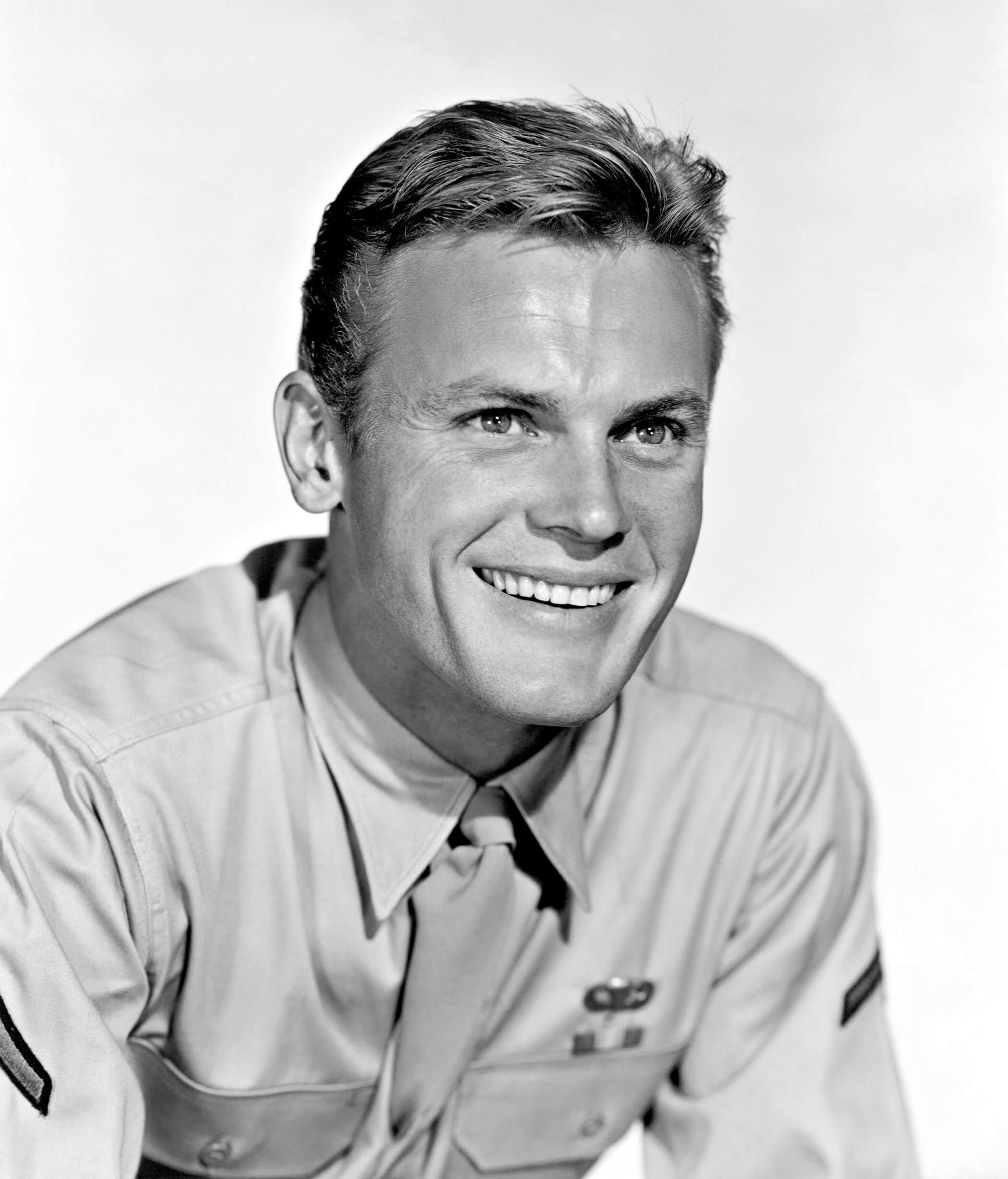
Patsy Kelly
Patsy, a beloved comedic actress known for her sharp wit and memorable supporting roles, may not be a household name, but she made a lasting impact in 1930s comedies like Merrily We Live and The Girl From Missouri. Patsy was one of the few Hollywood figures of her time to be openly gay, a bold stance in an era when most stars hid their true selves. Unlike many of her contemporaries, Kelly didn’t shy away from discussing her sexuality. She told a biographer she was a “big dyke” living with her girlfriend and had no intention of ever marrying [7].
Kelly’s openness about her relationships, including a romantic connection with actress Tallulah Bankhead, who was also forthright about her bisexuality, set her apart in Hollywood. She was candid about her private life at a time when such honesty was rare, and it likely limited her roles to supporting parts.
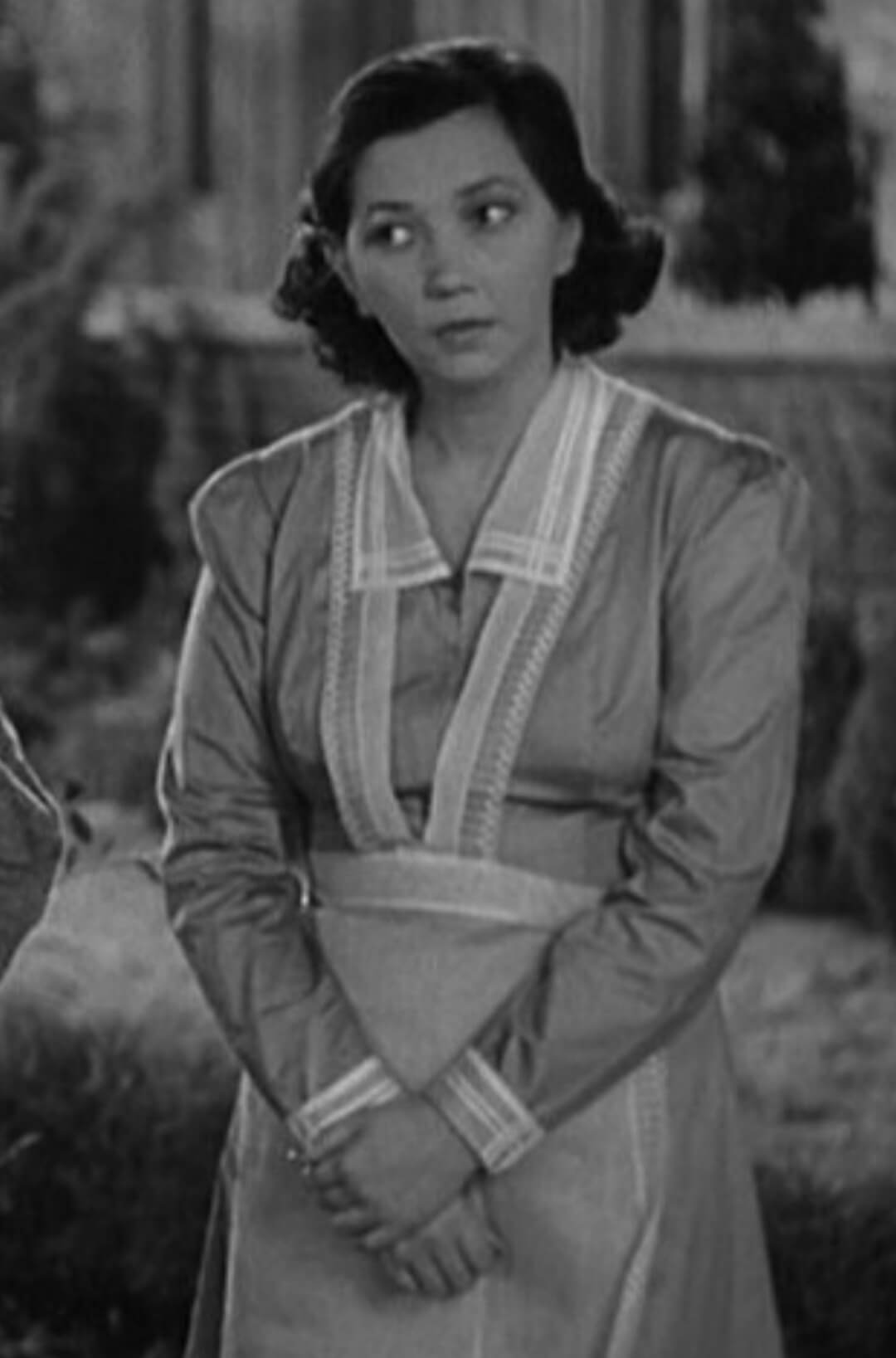
Marlon Brando
Marlon was known for his intense performances in films like A Streetcar Named Desire and The Godfather. Brando was not only a groundbreaking actor but also a significant figure in the LGBT community. His candidness about his bisexuality set him apart in an era when such openness was rare. He once told a French correspondent in 1976, “Homosexuality is so much in fashion, it no longer makes sense.” He further confirmed, “Like a large number of men, I, too, have had homosexual experiences, and I am not ashamed [8].”
Brando’s impact extended beyond his acting career. He was also deemed a male sex emblem, with Linda Williams noting that Brando was “the quintessential American male sex symbol of the late fifties and early sixties.” His allure and charisma influenced many, making him an early icon for the lesbian community. Alongside James Dean, Brando aided in shaping the butch look and self-image of the 1950s and beyond [9]. Although Brando was open about his bisexuality, he remained guarded about specific personal relationships. In his memoir, Songs My Mother Taught Me, he denied claims of a relationship with James Dean, a topic of much supposition.
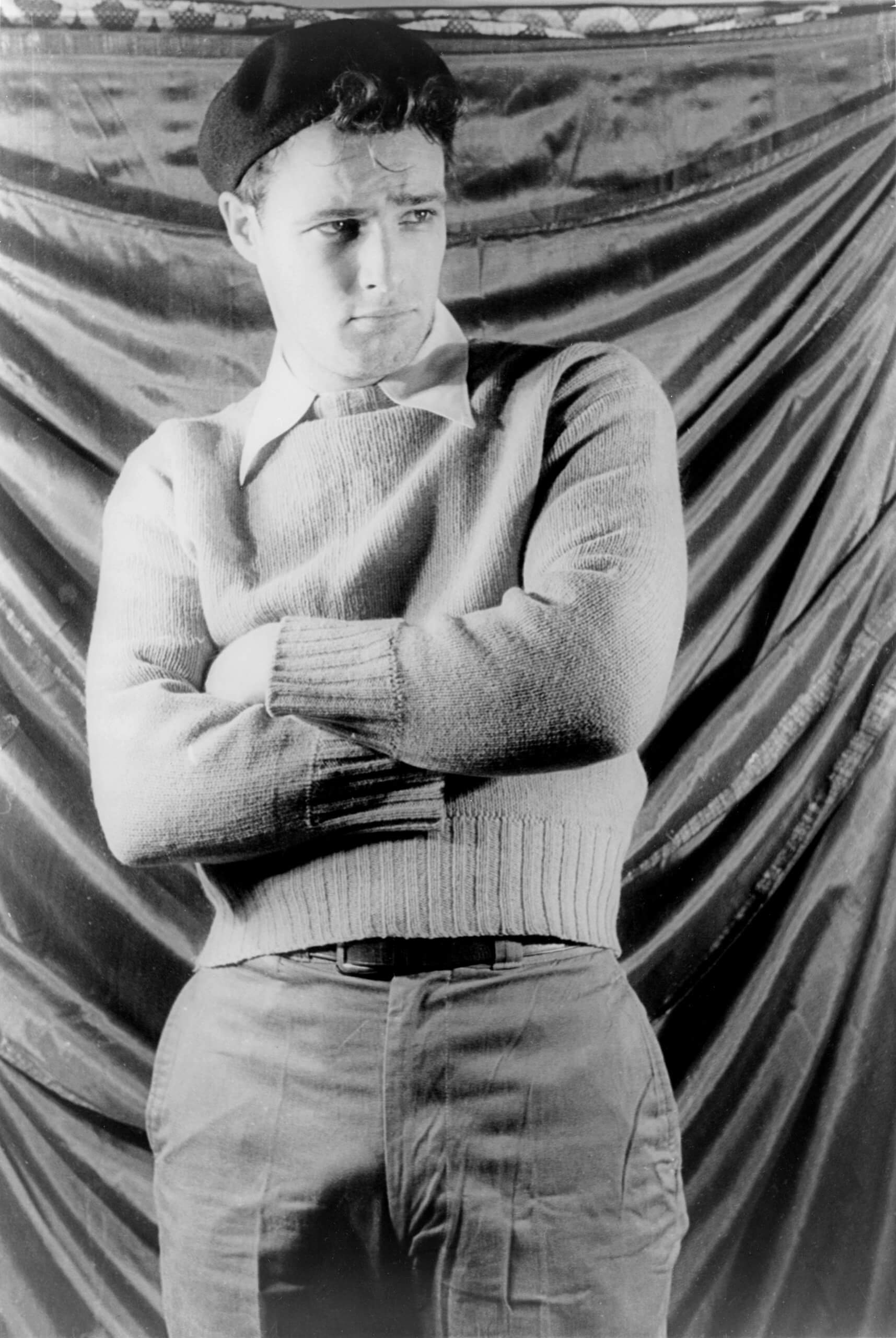
Greta Garbo
Author Diana McLellan, in her extensive research, uncovered that Garbo had passionate affinities with mostly women, despite her highly publicized tenderness to John Gilbert. Some of her closest female companions comprised Swedish actress Mimi Pollack & writer Mercedes de Acosta, to whom she wrote numerous love letters. McLellan also unearthed evidence suggesting that Garbo had a relationship with Marlene Dietrich, adding yet another layer to her complex personal history [10].
While working on the 1925 silent film The Joyless Street, Dietrich, whom McLellan described as having a “compulsive appetite for the sexual seduction of other beautiful women,” was said to have had an affair with “the simple, sensitive nineteen-year-old Swede.” At the same time, Garbo was reported to have called lesbian love affairs “exciting secrets [10].” Dietrich was unapologetic about her love for men and women, with reports linking her romantically to Edith Piaf, Kay Francis, Mercedes de Acosta, & even Greta Garbo.
Garbo’s sexuality has been a topic of much supposition. However, history recollects her as distinctly queer. She reportedly engaged in a sort of lover’s ping-pong with Mercedes, who would escape into Dietrich’s arms whenever Garbo discarded her. Additionally, there have been speculations about Garbo’s tender sensations for her preadolescence friend Mimi Pollack [11].
Recent biographers and scholars have suggested that Garbo might have been bisexual, conceivably even “predominantly lesbian.” In 1927, she was presented to stage and screen actress Lilyan Tashman, and they are rumored to have had an affair. Silent film star Louise Brooks also claimed a brief liaison with Garbo the following year [12].

Montgomery Clift
Clift, acclaimed for his roles in A Place in the Sun and From Here to Eternity, was a leading man whose sexuality was an open secret in Hollywood. Despite his remarkable acting career, he faced significant personal struggles, including substance abuse and a severe car accident that resulted in permanent injuries. The 2018 documentary Making Montgomery Clift, co-ushered by his nephew Robert Clift and his wife Hillary Demmon, reveals that Clift’s mother was aware of his sexuality from a young age. Elizabeth Taylor publicly acknowledged his homosexuality in 2000 at the GLAAD Media Awards, describing Clift as one of her closest friends [13].
The film argues that Clift was actually comfortable enough in his skin to be openly affectionate with other men and allegedly wasn’t overly concerned with his sexuality at all [14]. Actor Jack Larson, one of Clift’s alleged former partners, noted that Clift was much more jovial and playful in private than his intense on-screen persona suggested.
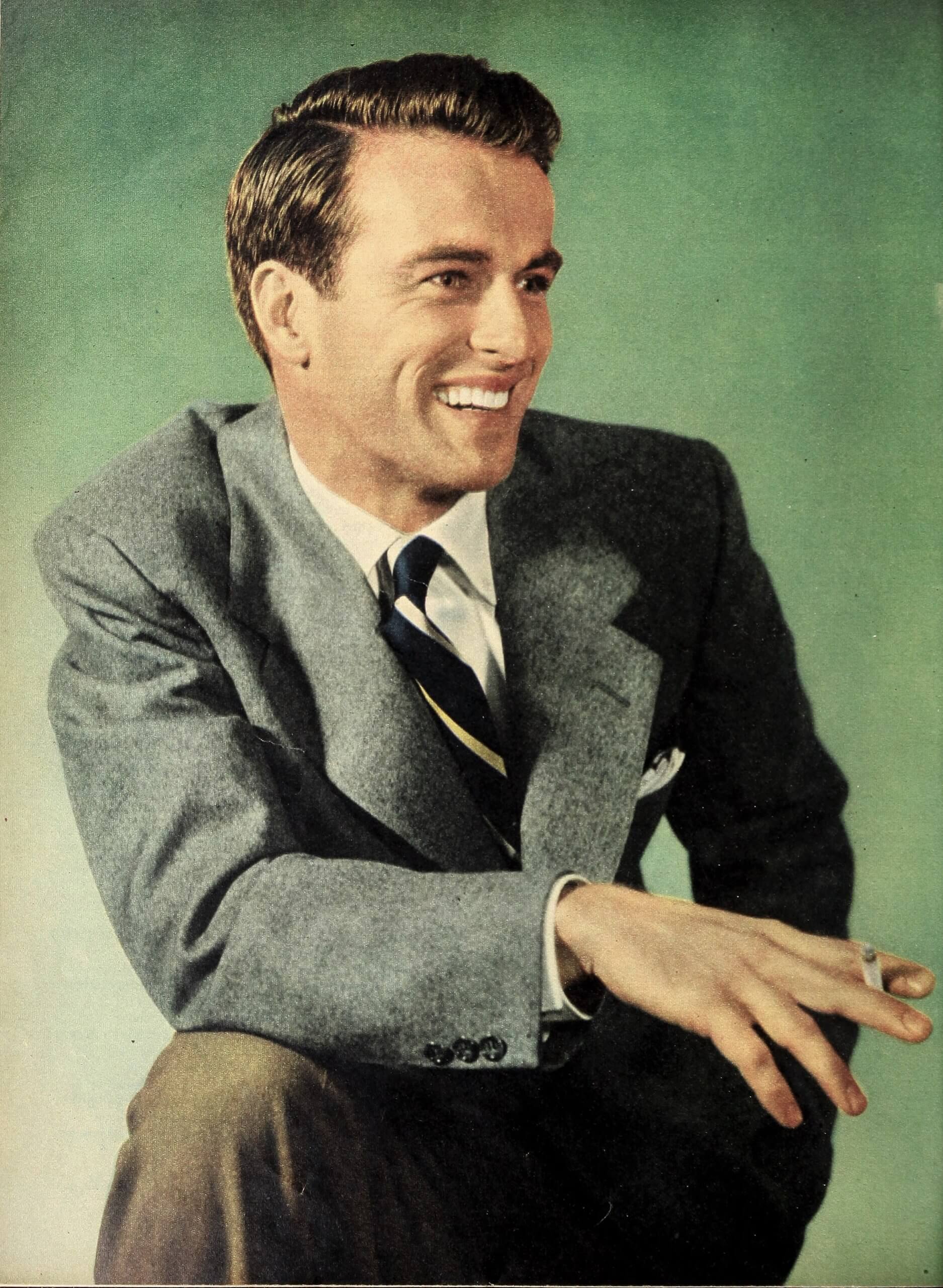
Marlene Dietrich
Marlene was a trailblazer both on screen and off, challenging societal norms with her androgynous image and sultry performances. Renowned for her roles in films like Morocco, where she famously wore a tuxedo, Dietrich was a pioneering figure in fashion and sexuality. Her fearless approach to gender expression and her unapologetic bisexuality left an indelible mark on LGBT culture.
Dietrich shared more with Greta Garbo than just a European background and an entertainment career. Both stars were comprehended for their same-sex affinities, and it was rumored that Dietrich and Garbo had a secretive affair [10]. According to Diana McLellan’s The Girls: Sappho Goes to Hollywood, their relationship ended so acrimoniously that Garbo “refused to acknowledge Dietrich’s existence for the rest of their lives.” Garbo essentially erased Dietrich from her life, even though both women were also reportedly involved with poet Mercedes de Acosta and writer Erich Maria Remarque during the same period.
Dietrich’s daughter, Maria Riva, shed light on her mom’s sexuality in a 1992 tell-all book. Although Dietrich stayed married to film producer Rudolf Sieber, Riva revealed that her mother’s affairs with men were often a means of controlling and manipulating them rather than genuine pleasure. Dietrich’s relationships with women, on the other hand, were said to be “much more satisfying for her [15].”
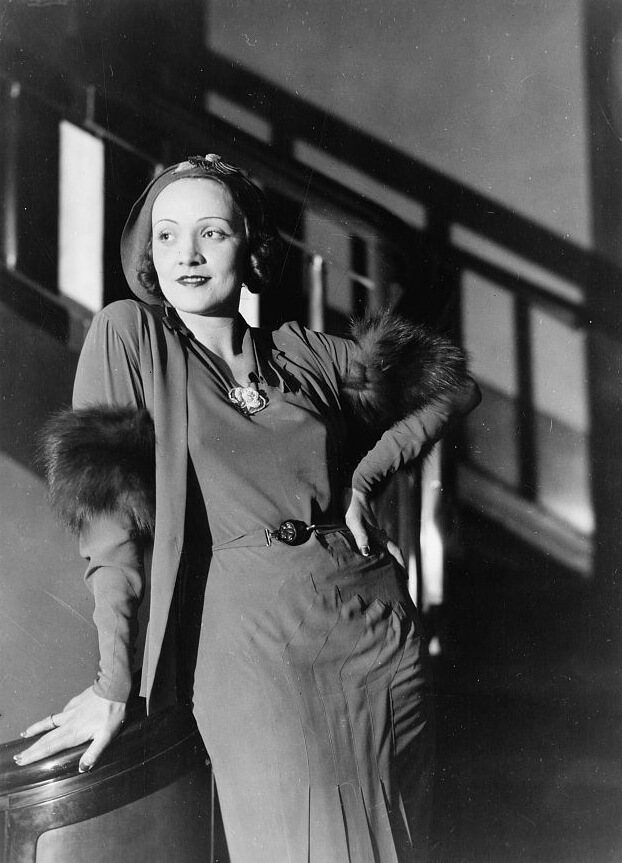
Cary Grant
Cary Grant, celebrated for his suave persona and impeccable style, was one of Hollywood’s most enduring leading men. Although he never publicly discussed his sexuality, there were long-standing rumors of a utopian affinity with actor Randolph Scott, with whom he lived for many years [16]. Their bond remained a subject of speculation, but it wasn’t the only relationship that sparked interest.
According to the documentary “Women He’s Undressed,” Grant also had a close relationship with Australian costume designer Orry-Kelly. The two lived together in what was described as a “Greenwich Village love nest” before Grant became a star. Orry-Kelly’s memoir reveals that Grant, originally known as Archibald Leach, met the designer shortly before his 21st birthday after being expelled from his boarding home. With only a “tin box” of possessions, Grant moved into Kelly’s home, where they began their on-again, off-again relationship that lasted for decades [16].
The pressures of Hollywood’s homophobic studio system forced Grant to repress his sexuality, leading to tension in his relationship with Kelly. Kelly reportedly grew resentful of Grant’s attraction to blonde women, and their relationship allegedly turned abusive at times. Katherine Thompson, the writer of the documentary, recounted one incident where Grant threw Kelly “out of a moving vehicle” during a heated argument [16].
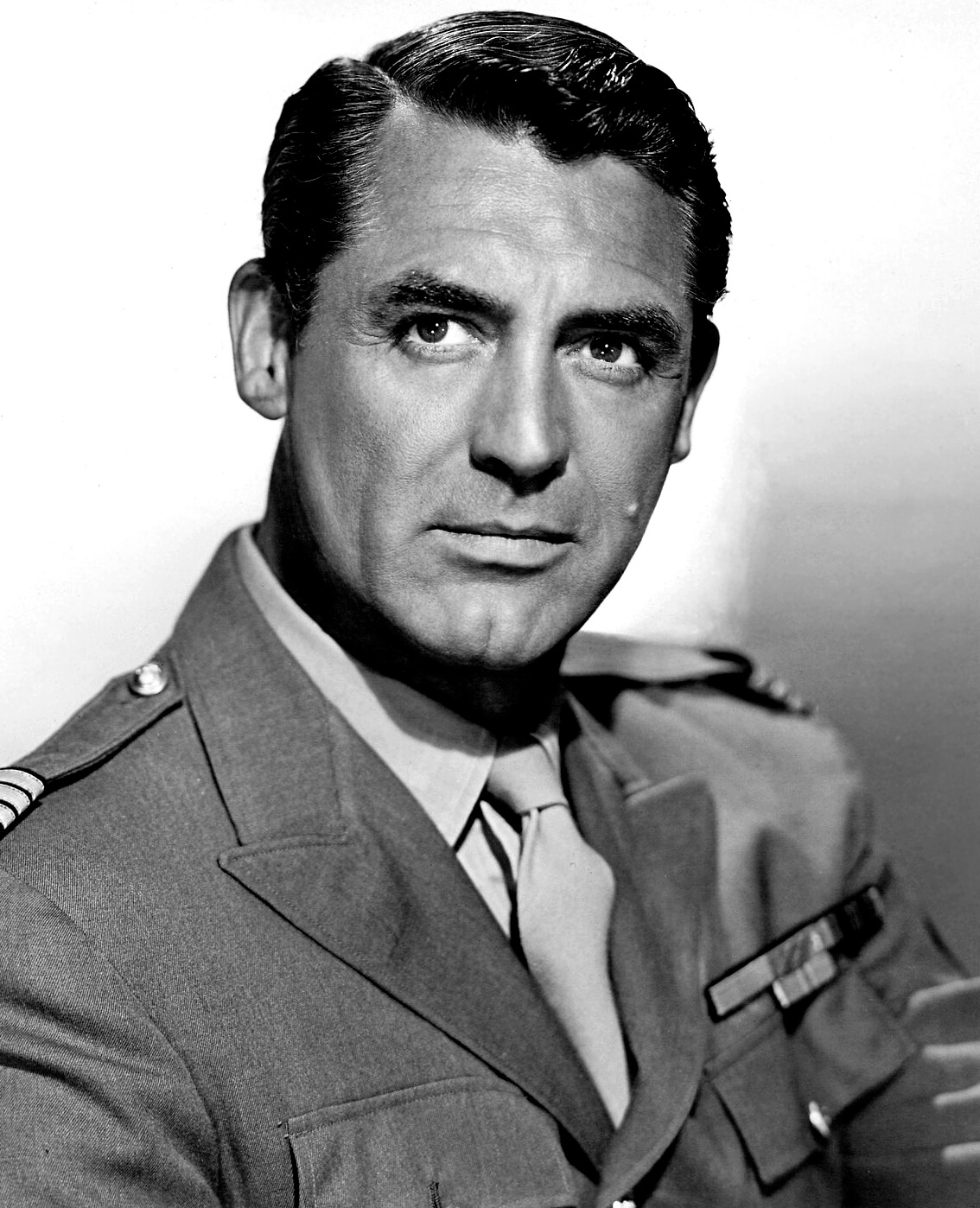
Rock Hudson
Rock, a Hollywood heartthrob and legendary actor, was one of the considerable iconic gay celebrities from Hollywood’s golden era. Hudson’s homosexuality remained hidden for most of his life. Wilson ensured that his client’s relationships stayed out of the public eye, going to great lengths to maintain Hudson’s image. When Confidential magazine threatened to expose Rock’s sexuality, Wilson sacrificed another client, Tab Hunter, by leaking information about Hunter’s arrest. To further protect Hudson, Wilson arranged for him to wed his secretary, Phyllis Gates, which helped to dispel rumors. Though the marriage lasted only three years, it allowed Hudson to maintain the appearance of a traditional Hollywood leading man.
In 1984, Rock was diagnosed with HIV and died in 1985. On the 30th anniversary of his death, People magazine interviewed Lee Garlington, a retired stockbroker who claimed to have dated Hudson between 1962 and 1965. Garlington described their relationship as a secret romance, noting how the two would attend film premieres together, always accompanied by female dates to avoid suspicion. “Nobody in their right mind came out,” Garlington explained. “It was career suicide. We all pretended to be straight [17].”
The relationship eventually ended because Garlington desired a father figure, while Hudson, though a towering 6’4″, was more of “a gentle giant.” After Hudson’s death, Garlington was moved to tears when he discovered in a biography that Hudson had referred to him as his “true love.” “I broke down and cried,” Garlington confessed, admitting he had never realized how much he meant to Hudson.

Ruby Dandridge
Born in Wichita, Kansas, Ruby Dandridge’s career in Hollywood began when she arrived in Los Angeles. Although she never achieved the level of stardom her daughter Dorothy did, Ruby appeared in several major films, including Dead Reckoning, Cabin in the Sky, King Kong, and The War Against Mrs. Hadley. Unfortunately, many of her roles were uncredited, a reflection of the limited opportunities for Black actresses at the time. Despite these challenges, Ruby made a name for herself on both radio and television, with her most notable role being on The Beulah Show.
After marrying Cyril Dandridge, she had two daughters, Vivian and Dorothy. However, Ruby eventually left her husband, marking a turning point in her life. In 1929, she moved to Los Angeles with her daughters and Geneva Williams, whom writers of the time referred to as her “lifelong companion.”
Ruby Dandridge’s personal life was marked by her bisexuality and her relationship with Geneva Williams. After her divorce, she and Williams raised Ruby’s daughters together, although later in life, Dorothy spoke about the abuse she endured from Williams during their time living together [18].
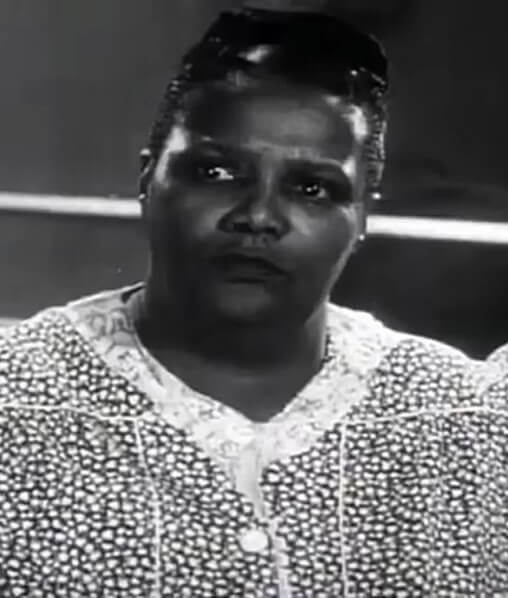
Ramon Novarro
Ramon, one of Hollywood’s earliest gay icons, kept his sexuality hidden throughout his life due to the pressures of both the film industry and his Roman Catholic upbringing. Despite being a successful leading man in the 1920s and 1930s, Novarro’s personal life was shrouded in secrecy. His relationships with men, including one with journalist Herbert Howe, were known to those close to him but were never publicly acknowledged. Novarro’s internal conflict with his sexuality was compounded by his deep religious beliefs, making it difficult for him to fully embrace his identity.
Novarro remained discreet about his sexual preferences, using escort services under the guise of “gardening” payments. According to Deputy District Attorney James Ideman, “He was a discreet homosexual… The young male prostitutes would come to his home [19].” Unfortunately, this discretion didn’t prevent tragedy. In 1968, Novarro was murdered by two brothers, Paul & Tom Ferguson, who believed he had hidden money in his home [20]. He is acknowledged as the first Latin American actor to thrive in Hollywood.
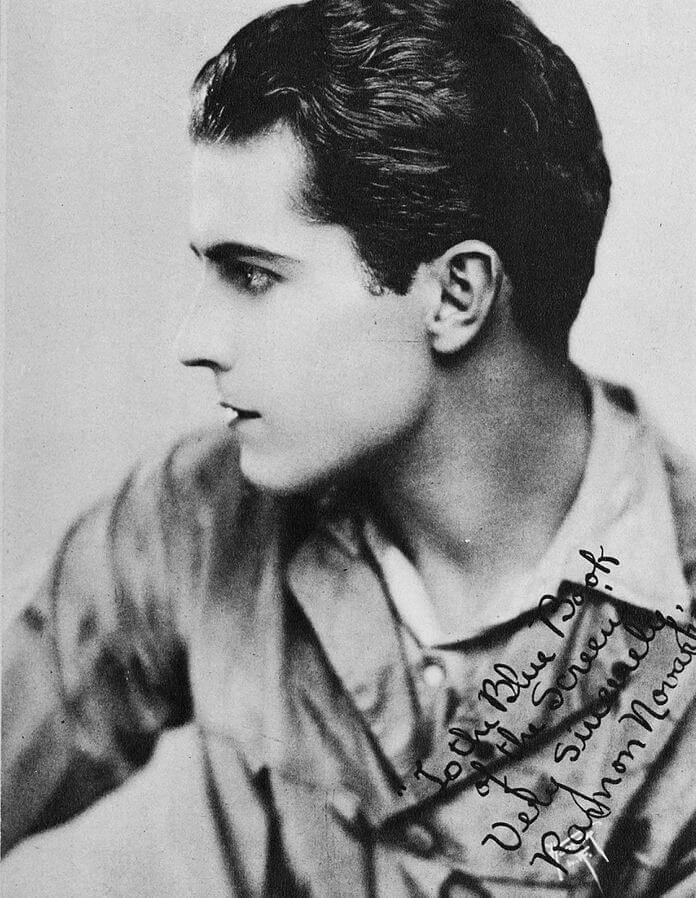
This has been our top 10+ LGBT list of old Hollywood superstars. These legends didn’t just shape the silver screen—they quietly but powerfully laid the groundwork for a more inclusive future, both in Hollywood and beyond. For a glimpse into other intriguing aspects of celebrity culture, consider exploring the stories of celebrities who dated porn stars and the captivating realm of best celebrity butts. These topics offer additional insights into the complex world of fame, further enriching our understanding of the public and private lives of celebrities.
Final Thoughts
The superstars of old Hollywood gay actors as well as Hollywood lesbians had to carefully navigate an industry that demanded conformity while secretly embracing their true identities. Their courage and resilience left an indelible mark on both cinema and LGBT history, shaping how future generations would come to understand fame, privacy, and identity. Although these legends could not always live openly as their authentic selves, their stories resonate today, demonstrating that personal truth can ultimately prevail even amid societal constraints.
Reflecting on their lives, it’s clear that their struggles and triumphs are not just part of Hollywood lore but are fundamental to the broader narrative of acceptance and diversity. Their legacy endures as a testament to the power of living authentically, no matter the obstacles.
References:
- LGBTQ history. Retrieved: September 10, 2024. Wikipedia.org.
- Cesar Romero. Retrieved: September 10, 2024. Simple.wikipedia.org.
- Tallulah Bankhead. Retrieved: September 10, 2024. Wikipedia.org.
- Sex. Published: 2018. Oxfordreference.com.
- Tab Hunter, 86, 1950s Hollywood Heartthrob, Is Dead. By Aljean Harmetz. Published: July 9, 2018. Nytimes.com.
- Tab Hunter on (Almost) Being Outed in 1955: “I Thought My Career Was Over” (Guest Column). By Scott Feinberg. Published: August 13, 2015. Hollywoodreporter.com.
- Patsy Kelly. Retrieved: September 10, 2024. Wikipedia.org.
- Marlon Brando. Retrieved: September 10, 2024. Wikiquote.org.
- Marlon Brando. Retrieved: September 10, 2024. Wikipedia.org.
- The Girls. By Diana McLellan. Archive.nytimes.com.
- Lonely Garbo’s love secret is exposed. By Alex Duval Smith. Published: September 11, 2005. Theguardian.com.
- Greta Garbo. Retrieved: September 10, 2024. Wikipedia.org.
- Montgomery Clift. Retrieved: September 10, 2024. Wikipedia.org.
- New Documentary Shows Another Side to Montgomery Clift. By Trudy Ring. Published: September 22, 2018. Advocate.com.
- Marlene Dietrich – A Woman Ahead of Her Time. By Terry Sanderson. Published: September 8, 2012. Huffingtonpost.co.uk.
- Inside Cary Grant’s secret life with men. By Lou Lumenick. Published August 8, 2016. Nypost.com.
- Rock Hudson’s ‘True Love’ Speaks: How We Kept Our Gay Life Secret. By People Staff. Published: April 15, 2015. People.com.
- Ruby Dandridge. Retrieved: September 10, 2024. Wikipedia.org.
- The Hustlers and the Movie Star. By William Van Meter. Published: May 23, 2012. Out.com.
- Ramon Novarro. Retrieved: September 10, 2024. Wikipedia.org.